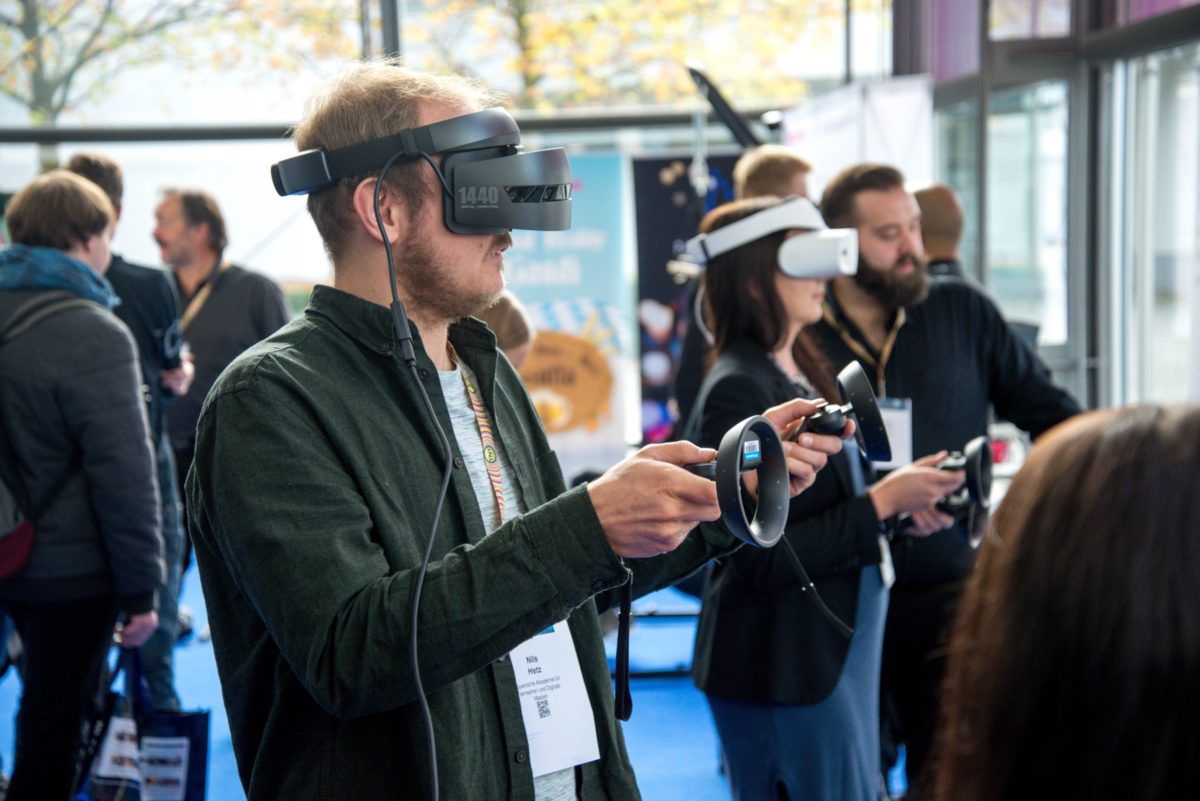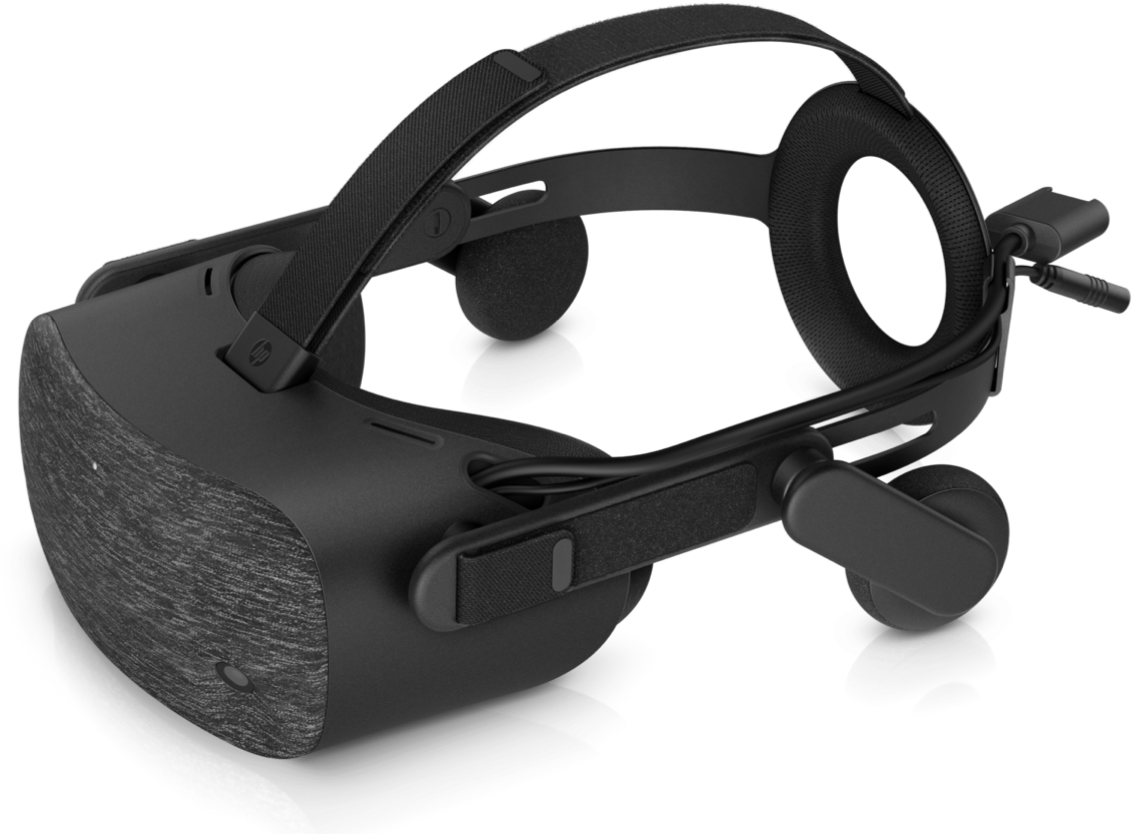Enterprises are complex, requiring solid foundations to maintain their often far-reaching operations. Proper employee training is an important part of that foundation. Organizations must strike a balance between striving to meet individual employees’ educational and training needs and the bigger picture of creating consistent operational standards across an entire workforce through enterprise distribution of extended reality content.
At each level — whether it be for a certain location, department, management tier, or individual employee — there would ideally be targeted training programs to meet both individual and company-wide learning requirements.
Enterprise runs most efficiently when its entire team is specially trained, and in line with its culture and organizational goals. From small businesses to worldwide enterprises, the key to quality training programs is to be able to create, manage, and distribute high-quality training resources — getting the right training into the hands of the right people at the right place and time.
Establishing this level of consistency and accessibility in training can not only be achieved through the use of virtual and extended reality, (or ‘XR’, for short), technology, but indeed standardized and mastered.
Let’s explore the enterprise distribution of Virtual Reality (VR), Augmented Reality (AR), and Mixed Reality (MR) and how it strengthens business.
Why XR works for enterprise training (and beyond)
Virtual, Augmented, and Mixed Reality provides immersive training experiences comparable to live, instructor-led training in numerous respects, albeit often with differing objectives and practical applications. At a high-level, once developed and shared, VR, AR, or MR training can be done repeatedly, from anywhere in the world, without the physical risks or attendant costs of in-person training.
From the features of VR, AR, and MR content and what they offer, to the various ways businesses are using them, let’s explore the benefits of distributing XR content throughout an organization.
XR content features
Not only is the technology state-of-the-art, but so is the educational content itself. Premium VR training, for instance, is developed by subject matter experts who combine realistic narratives with appropriate curriculum and present it in an extremely accessible, entirely virtual format.
Learning time and comprehension are improved through immersive experiences where people are engaged on multiple sensory levels. In one study it was reported that teaching through an educational text document resulted in scores of 87%, compared to scores of 94.5% when the same information was delivered via VR.
Among participants, 90% said they would feel valued if an employer invested in VR tech for training purposes.
At its foundation, VR (and other XR) content is meant to provide an immersive experience for its users, providing them with high-quality engagement opportunities that otherwise would be difficult to replicate. An ideal enterprise VR/XR platform delivers value with each experience, and should provide highly useful functionality, such as the following:
- Fully immersive and interactive 3D imagery
- Multi-user capability
- Scenario randomization
- Replicated physics and real-world tools
- Simulated behavioral consequences
- AAA game quality photorealistic environments
- Real-time reporting and data analytics
How VR and other XR tools are being used
VR and other XR training can improve processes and engagement for various enterprise needs, including recruiting, onboarding, field training, and even monitoring equipment or developing new products and machinery.
There are many examples of how AR/VR are being used across the value chains of various industries. This includes energy and utilities, construction, and healthcare sectors.
According to a survey from Grid Raster, 91% of tech enterprises are already using or are planning to adopt augmented or virtual reality technology. The survey found the following top use cases of AR/VR among enterprises that have already adopted it:
- 26% use it to train employees
- 60% use it to virtually supplement labor on production floors
- 53% use it for conducting virtual customer visits
- 53% use it for virtual design and product engineering
Why VR and XR are ideal for enterprise training distribution
As many companies adopt VR training technology, they often hit barriers that keep them from implementing the training across their entire company. With a VR/AR platform, businesses can deploy, use, and scale XR training content with more accessibility than ever before.
An XR distribution and analytics platform works similarly to a content management system, in that you can manage your own existing content, but also license new, “off-the-shelf” content, or content developed by third parties. With easier access to VR, AR, or MR content, you can customize and assign training programs (and numerous other XR applications), as well as track training engagement and performance. This can all be done within one secure, user-friendly, cloud-based control center.
VR, AR, and MR platforms make content instantly accessible
Once you have VR or other XR content that is ready to distribute, you can create, edit, and manage permissions for each employee’s user profile.
Permission-based content can be provisioned to thousands of individual headsets or other devices within a fleet. From there, each user verifies their profile through a simple authentication process, ensuring the right content securely goes to the right people, right away.
Users can then download and start using VR, AR, or MR content instantly, from any location, making it easier than ever to reach all corners of an enterprise with properly developed and monitored resources, empowering administrators to “turn on” or “turn off” XR titles with a simple point-and-click process.
Scale VR training and other applications to improve performance
With access to VR training and other XR applications from anywhere in the world, employees can be immersed in interactive, realistic 3D environments, as individuals or as teams.
For training, no longer is travel required for instructors or trainees, and high-risk exercises can be practiced without danger to employees, improving worker safety and reducing liability. VR training and other scenarios can be randomized to mimic the unpredictability of daily work or repeated to solidify previous training and enhance depth of knowledge.
These experiential learning opportunities save costs and time, and improve productivity and communication, which then improves the overall health and profitability of a business.
According to a 2019-2020 report, 93% of enterprise users said that VR had a positive impact on their business. In the GridRaster survey, 61% said leveraging AR/VR has resulted in a 20% cost savings. That’s serious money.
As employees, clients, and even customers train, communicate, or collaborate using VR, AR, or MR content, enterprises can track their engagement with subject matter using real-time, in-depth session data using a custom dashboard. Over time, that data can be leveraged to better understand how an organization is interacting with its audience — and where it could use improvement.
How can you optimize the enterprise distribution of your VR, AR, or MR content?
Widespread use of extended reality applications can lead to greater alignment across all aspects of an enterprise’s organizational needs. With the PIXO platform, you can master consistent and widespread training, as well as things like pre-construction visualization, immersive simulations of surgeries and other medical simulations, virtual tours to, say, a hotel, or a company headquarters — and everything in between.
If you’re interested in learning more about XR content distribution for enterprise, reach out to us and let’s start a conversation.

Request a demo today.


